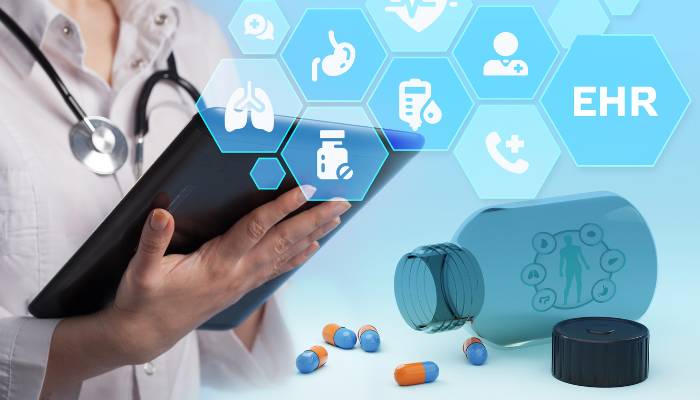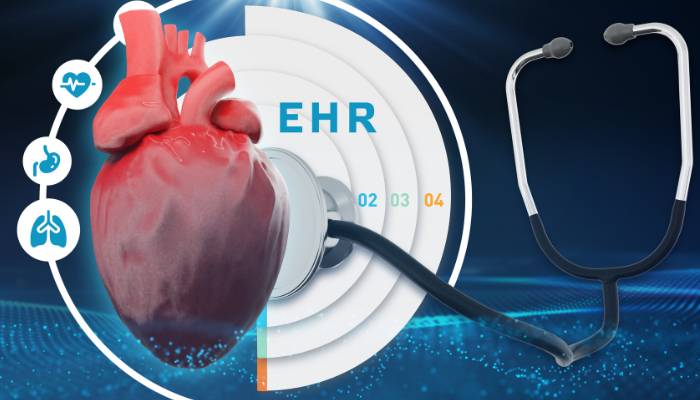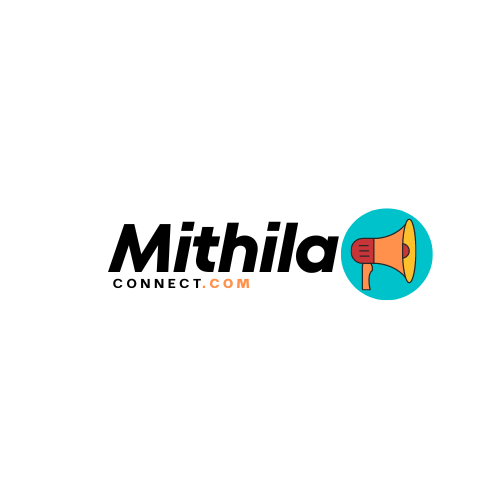

Electronic health records (EHR) transformed the healthcare industry from traditional paper-based record-keeping to real-time digital databases. Hospitals, private practitioners, and new clinics can use software to streamline administration and patient record management. Electronic health records optimize the storage and sharing of medical data, allowing practitioners to deliver care more efficiently. Authorized personnel can easily access patient health charts and other useful information.
4 Types of Establishments That Use EHR Software
EHR software provides many benefits to healthcare establishments. The system offers an efficient way to capture, edit, format, standardize, and manage patient health records. Modern software offers digitized patient records, administrative workflows, health information, transferable reports, and edit access for patients. Leading systems are also compiled across providers and treatments and are fully customizable. Below are four groups of people who use electronic health record software:
1. Healthcare Facilities
If you run a legal healthcare practice, electronic health records can automate various aspects of your business. Dermatologists, orthopedic surgeons, ophthalmologists, plastic surgeons, and other specialists can benefit from patient care software. Health record software can achieve various objectives, including attracting new patients, simplifying business administration, and streamlining patient care. The best software offers comprehensive features to cover everything from patient registration to record management, lead conversion, and payment processing.
Electronic health record software may help private practitioners see more patients per day. The system optimizes staff efficiency, tracks marketing metrics, and keeps patient records accurate and up to date. Practitioners can use software to replace their paper-based records. Utilizing the cloud makes it possible to access patient information conveniently and securely. Physicians can also monitor their patients remotely and pull up information instantly on various devices.

2. Labs and Pharmacies
Modern software offers digital versions of the patient’s paper chart. Laboratories and pharmacies can use real-time, patient-centered record software that makes information instantly and securely available to authorized users. Leading systems can be used to manage clinical data collected from laboratories and pharmacies. Leading software also accommodates integrations, so different departments can access information relevant to their services.
Labs and pharmacies can take advantage of the health IT benefits that sleek software offers. The systems contain patient medical history, diagnoses, medications, immunization dates, treatment plans, allergies, lab test results, radiology images, and more. Labs and pharmacies can access the information and make evidence-based decisions concerning patient care. The systems also help automate and streamline service workflow.
3. Emergency and Imaging Facilities
Medical imaging and emergency facilities can use electronic health records software to streamline service delivery. These systems offer centralized data access for authorized users. You can keep accurate records of all patients who visit your medical imaging facility. The software can capture names, contact information, address details, ID information, medical history, services provided, previous treatments, and any other data you collect. Digital health records are easier to manage and access on demand.
You can integrate tools to optimize lead generation, appointments, coding, revenue collection, and more. Emergency facilities also need such centralized systems for instant access to critical health records. Before performing an intervention, the doctor can quickly review the patient’s medical history, including current medication and conditions. Health practitioners can review and edit information to help keep records up to date.
4. School and Workplace Clinics
Healthcare centers designed for schools and workplaces can use electronic health records software to boost automation and efficiency. The software makes capturing the names of all students or workers treated at the facility easier. The clinics can maintain records of reports, diagnoses, treatments, test results, drugs, and more. Maintaining health records makes it easier to gather information during emergencies and interventions. Schools and workplaces can also use collected data for more efficient healthcare budgeting.
The best software is secure and features advanced permission settings. Schools can keep student and staff health records private and only accessible to authorized medical officials. Using digital systems may reduce management and administrative effort since most things are automated. The system can detect errors and is constantly updated to reflect the most recent information. School and workplace clinics can use software to save more on healthcare provision and data management.
Choosing the Best Software
Before you invest in any EHR software, make sure you review all the features. Find out how modern software can improve your functions and what you need it to achieve. Choose systems with the right set of features for your needs. Stick to reputable software providers with leading electronic health record systems for your industry.

Welcome to MithilaConnect, where we curate the art of living, celebrating the vibrant tapestry of life through culture, fashion, food, and everything in between.
